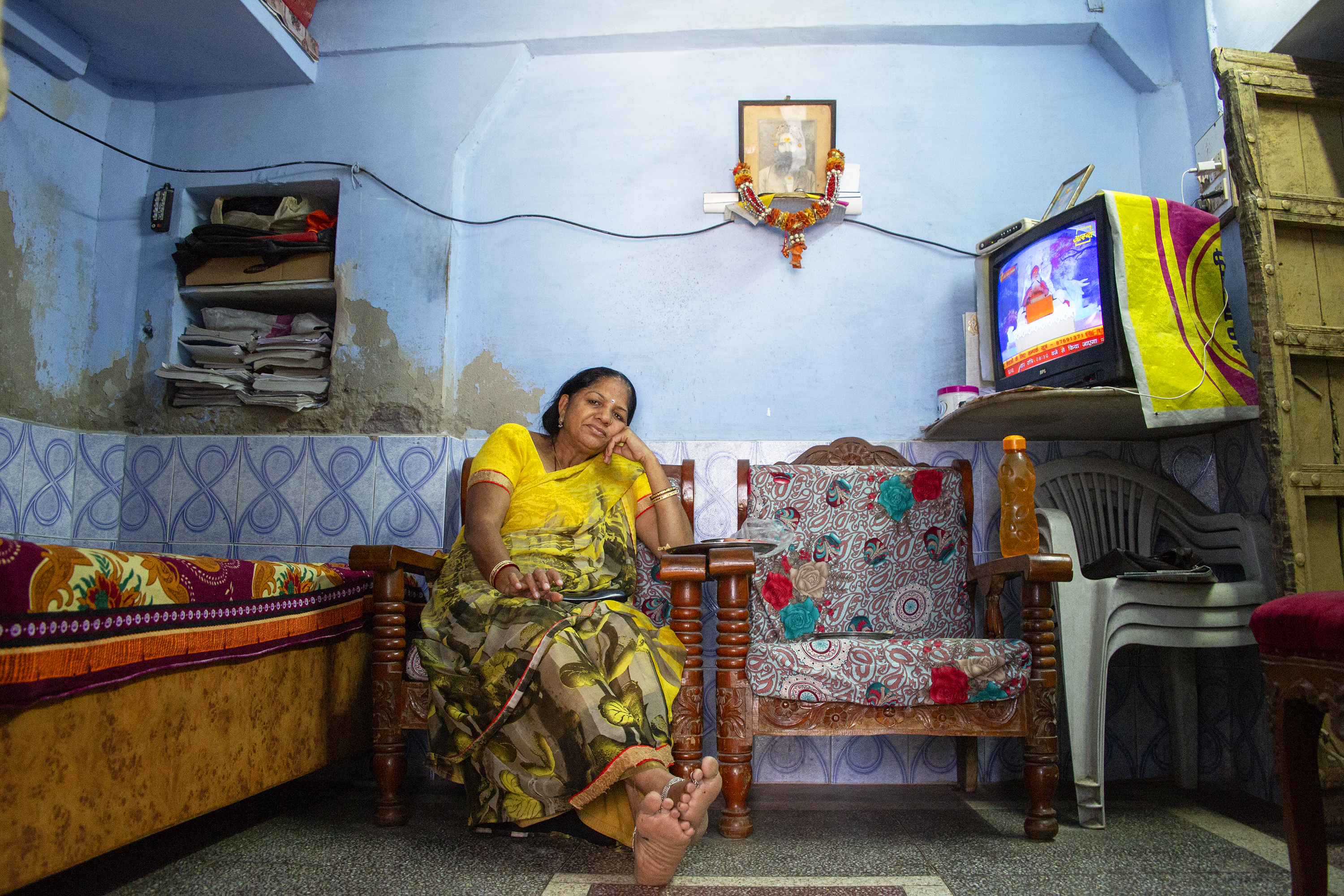Last Updated on 06/28/2020 by Mark Beckenbach
All images by Shevaun Williams. Used with permission.
“Your hands should move around that camera like second nature,” says Shevaun Williams. “That leaves your brain and soul to concentrate on the fun stuff of creation.” Williams is a seasoned travel photographer, explored much of the world, and learned about new lands and cultures. Behind her final images is a selection of gear that allows her to achieve her creative objective. Furthermore, her artistic eye plays a crucial role in her creating the exceptional work that she does. The Phoblographer wanted to understand what gear is vital to Williams’ travel photography, and how she brings the ideas in her creative mind to life!
Phoblographer: Hi Shevaun, can you tell us how you got into travel photography?
SW: It was a summer college session in Paris and the south of France that began my love affair with travel and the camera. My parents had already instilled in me the idea best communicated by Mark Twain that “Travel is fatal to prejudice, bigotry, and narrow-mindedness…broad, wholesome, charitable views of men and things cannot be acquired by vegetating in one little corner of the earth all one’s lifetime.” I loved the fresh perspectives gained through a lens.
“Anything can inspire me, from a simple picture of a beach to a property that looks inviting…”
— Shevaun Williams
I was so shy and tentative at first, 43 years ago! In places where my comfort level was challenged, a camera provided some camouflage in certain situations, and it was/is a great introduction in others. Now I know how to be stealthy. Better yet, I can approach a stranger with a smile, engage in some kind of interaction that will be memorable, create a connection, and capture the kind of travel portrait I crave. Because what is the worst that can happen? The subject can say no or ignore you — no biggie! And that actually rarely happens.
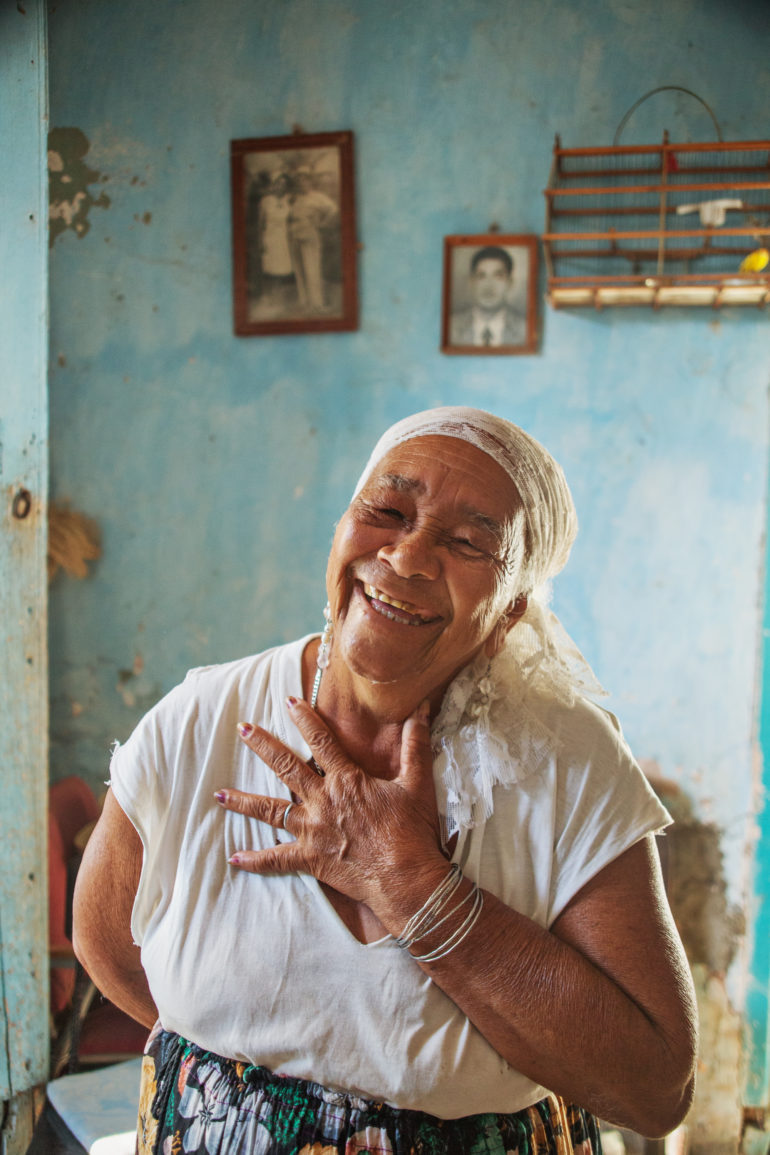
Phoblographer: Other than your camera, what’s the most important piece of gear you bring when going on your trips?
SW: A language dictionary, global check card, and sunscreen – and lots of extra battery power for my iPhone!
Phoblographer: Can you tell us more about your set-up? What cameras and lenses do you like for your travel photographs?
SW: I am a commercial photographer, so most of my projects require quite a bit of gear. So when I travel, I like to keep things light and simple. I want to move easily in any situation, keep a low profile and not have to fumble with a gear change. I find it is less intimidating for the subject as well. I usually only schlep my Canon Mark IV and a Mark II that has been retrofit for infrared capture. I do pack an extra Mark III camera body that is for back-up only. I like to switch between a 17-40mm and a 24-70mm, or a 24-105mm. And of course, in the right light, my iPhone 11 will be the right tool.
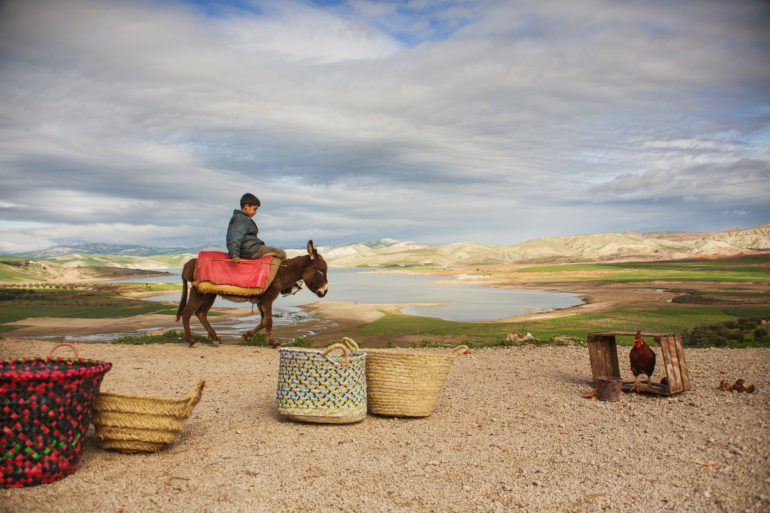
Phoblographer: Do you carry many accessories?
SW: I don’t carry many accessories other than a polarizing filter. I sometimes use my Olympus TG-5 for point and shoot and underwater photography. Of course, a laptop and external hard drives for double back-up, extra camera batteries, international travel plugs. But I want to be very mobile and unobtrusive, so in my daily bag: two cameras with lenses and an iPhone.
“…all the pros will tell you, if you get one or two or three really great images in a day, you have won the day.”
— Shevaun Williams
Phoblographer: Is there a dream camera or lens that you’d love to own one day for your travel photography?
SW: I am lucky to have had a great life as a professional photographer. I have everything I ever wanted—25 film and digital cameras from 8×10 to the newest iPhone.
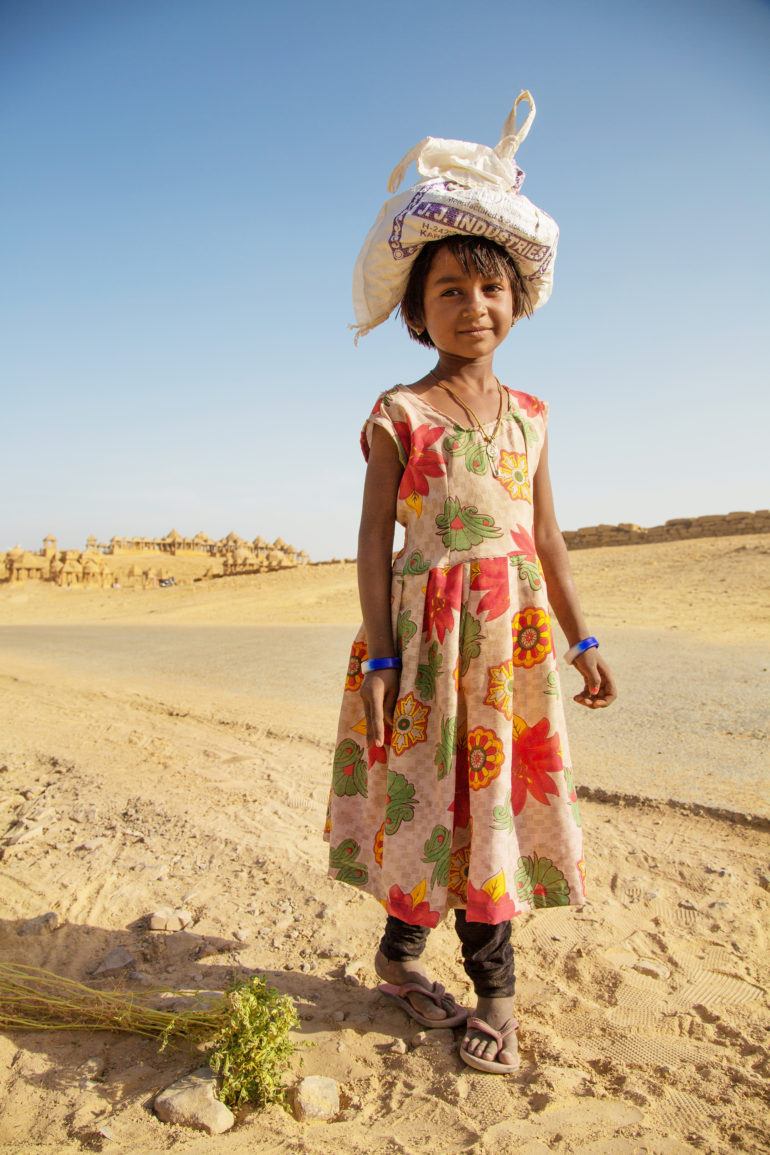
Phoblographer: What kind of photographer are you: do you plan your trips in great detail or just go with the flow and shoot?
SW: I really enjoy planning a trip. I spend hours researching. I will get an idea usually on a Sunday morning when I engage in virtual travel for inspiration, and by the afternoon, I have the beginnings of a great adventure. Anything can inspire me, from a simple picture of a beach to a property that looks inviting, to a phenomenon of nature that blows me away, to a city that I need to explore. I start with a destination and arrange entry and exit dates so I can book flights. Then I book accommodation. I do pre-book a lot of activities if it is a destination that may have crowds. Travel planning has certainly changed from my hours spent at the library to the time spent now on the worldwide interweb.
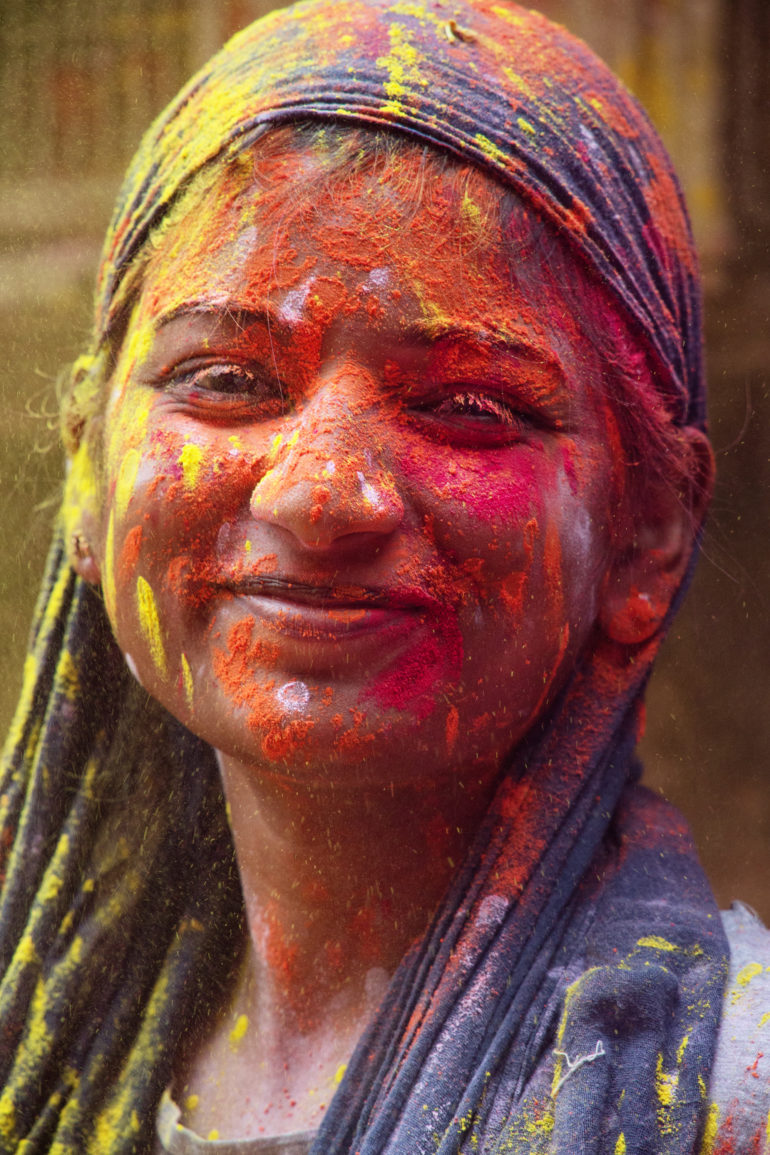
I do plan many of the days to simply wander. I will either set a destination on the GPS, point it in the right direction and drive the backroads until it’s time to turn it on and find my way to my bed. Sometimes I’ll simply spend a day wandering around a neighborhood. Where possible, I hire a local guide — it’s well worth the small investment. I am pretty good with languages, but I want to communicate on a level that goes beyond my knowledge of most. And I usually make a new friend.
When I am traveling solo, it gives me someone to watch my back as I like to immerse myself in looking, seeing, creating and not worry about traffic or pick-pockets. When outside the city, a local guide/translator allows me to stop at any house or hut and discover the interesting humans that live within without alarming them, and, again, it works for my safety.
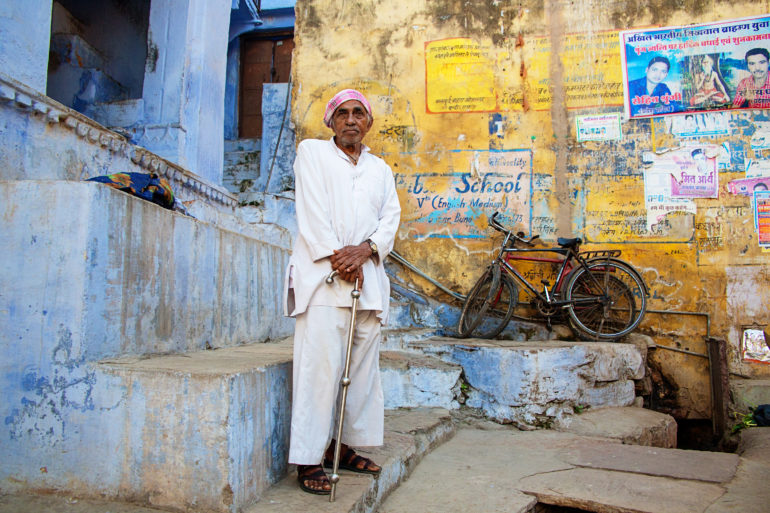
Phoblographer: When on the road, what inspires you to shoot and create your best work?
SW: I am inspired by people in the act of their daily activities, especially working women. I live for those portraits. I love local markets. I am also a big fan of local architecture. It’s kind of interesting that sometimes I will wait for the right person to enter a shot, and other times I am waiting for no people to be in the frame.
Phoblographer: Do you like to create a relationship with your subjects, and maybe have some dialogue? Or do you shoot candidly without interacting with them?
SW: The type of travel portrait dictates the level of contact. I would say I prefer some kind of connection. I really want to know about their lives. But again, the narrative dictates the type of image and level of interaction.
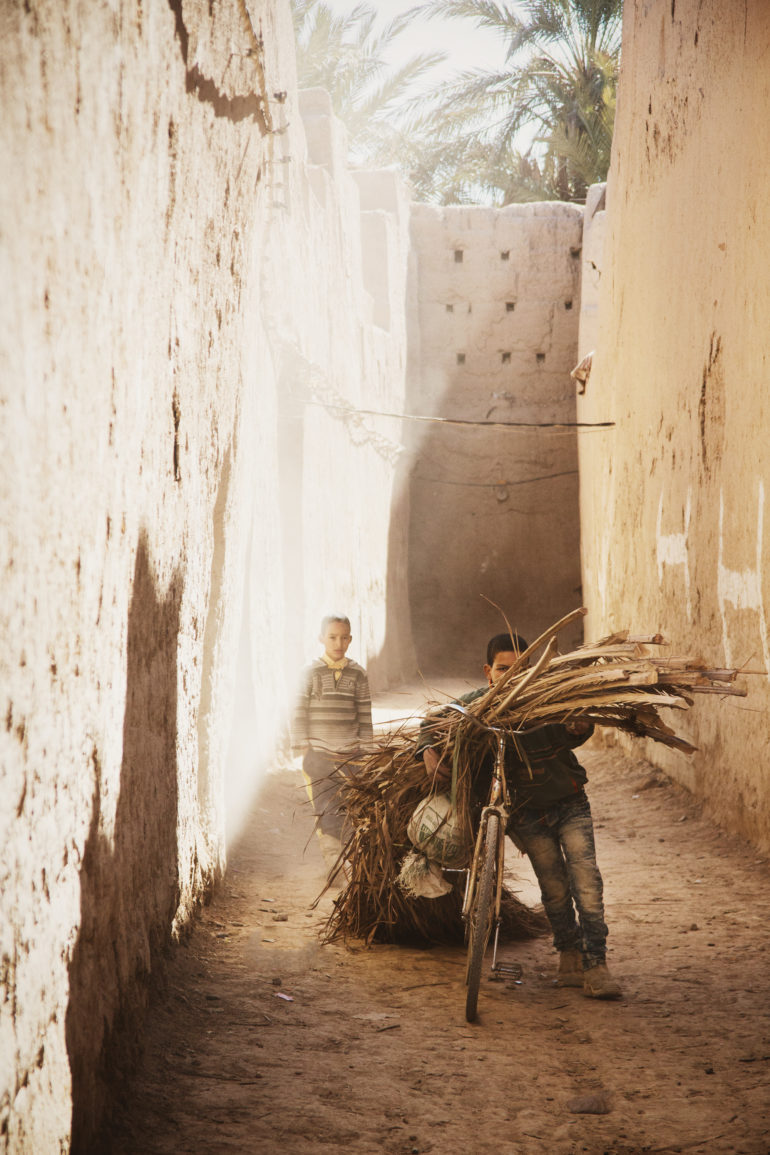
Phoblographer: When traveling, do you ever feel pressure to “come home with awesome images?” How do you manage that pressure to ensure your workflow is smooth and free of anxiety?
SW: I’ve never been that anxious while shooting, more a feeling of sheer excitement. It’s after. There is sometimes a captain come down at the end of the day during the first edit. I can wish that I could have done more or better. And I do not feel as much pressure as I did when I was younger, but it’s still there. It’s more about the experience now. When I make it about the appreciation of or interest in the person, place, or thing, it usually results in better images and less anxiety at the end of the day. I always love my images at capture, less so in the next days and weeks, and then, in the next months, I am in love again. But all the pros will tell you, if you get one or two or three really great images in a day, you have won the day.
Phoblographer: You were recently a finalist for Feature Shoot. How does receiving recognition from such a renowned publication make you feel?
SW: OMG! I yelled and then cried a bit. It may be the highlight publication of my career. I suffer from imposter syndrome, so anything that helps combat that thinking is the best. I know that an extremely critical look at my work pushes me to do better but can be painful if I let it get the better of me. I am so grateful.
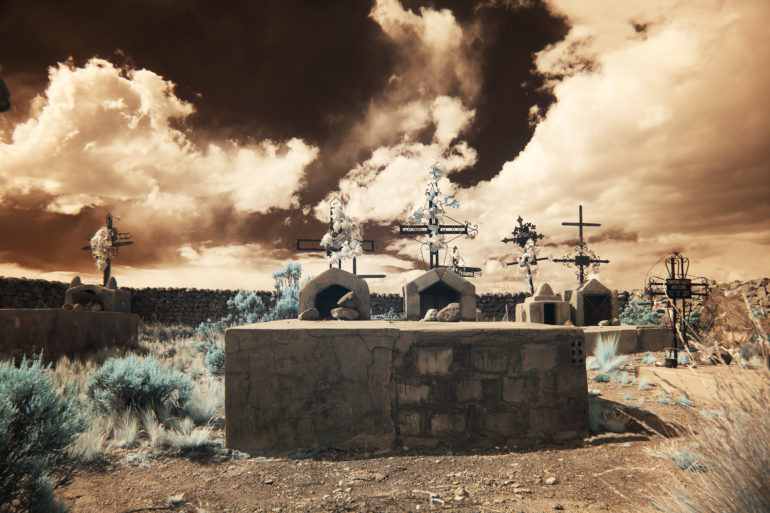
Phoblographer: For you, what makes a good set of travel photos?
SW: Does the image communicate in a way that is interesting in either an artful and/or accurate way? Is the narrative engaging? And while content is king, are the images executed well technically.
Phoblographer: From an emotional perspective, how do you feel when shooting travel photography?
SW: Shooting has always been a way to put me in the moment, which is a great place to be. It’s the definition of zen for me,” a state of calm attentiveness in which one’s actions are guided by intuition rather than by conscious effort”. That is why it is so important to perfect the craft.
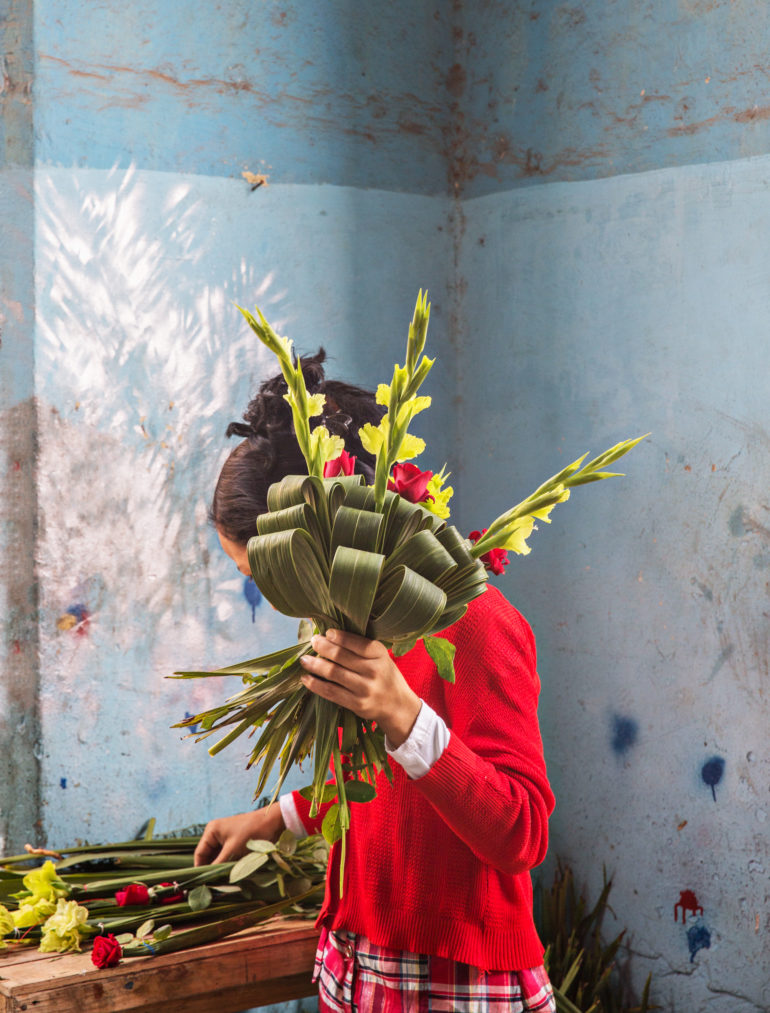
You can check out more of Shevaun’s work by visiting her website.


